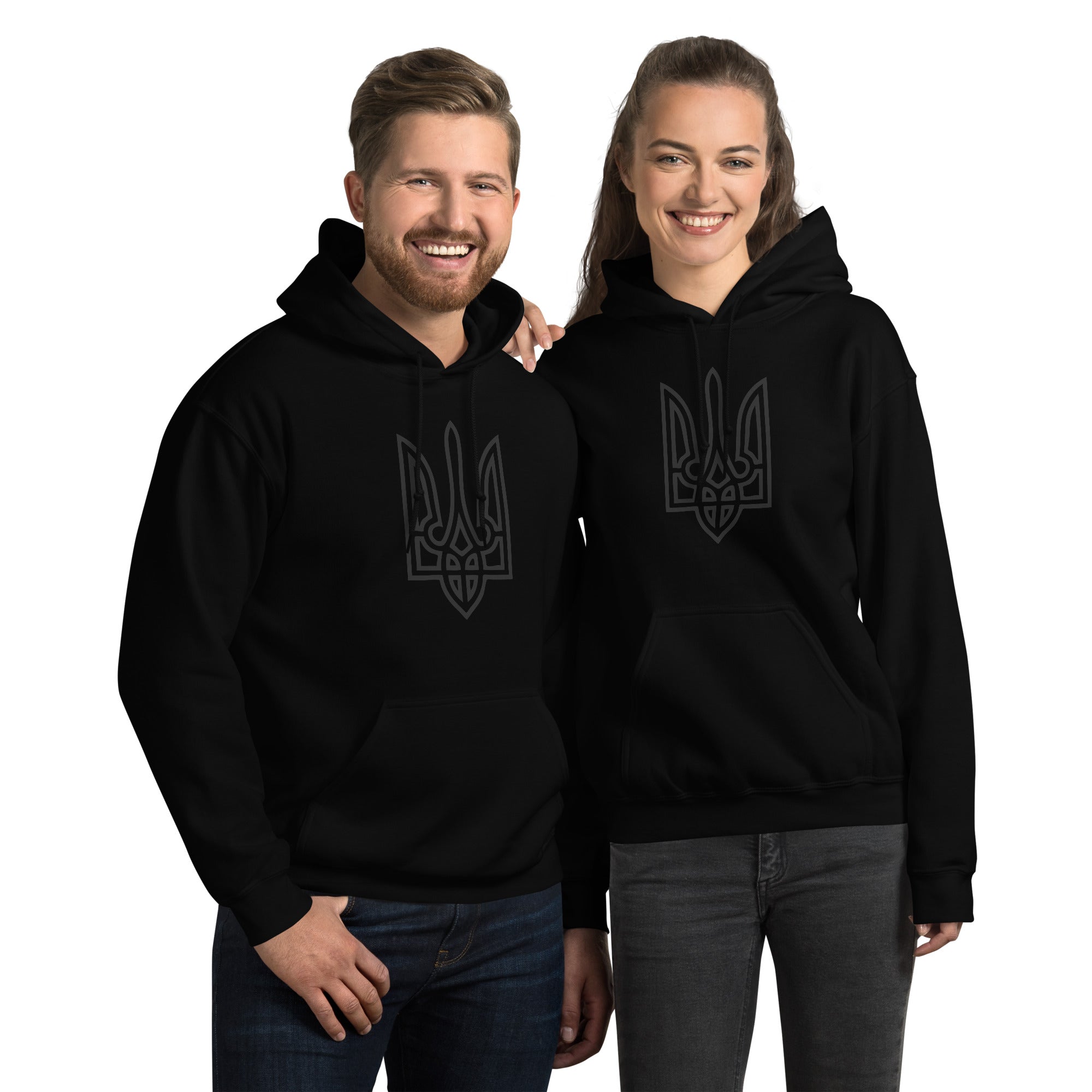
Beyond the Blue and Yellow
Why Solidarity Merchandise Matters in Ukraine's Fight for Freedom
As someone who carries the weight of Ukrainian heritage in my heart and employs digital marketing strategies in my daily work, I've witnessed something profound over the past few years. The simple act of wearing a Ukrainian flag t-shirt or drinking coffee from a tryzub-emblazoned mug has evolved far beyond fashion or personal expression - it has become a quiet but powerful form of resistance and solidarity.
The Psychology of Visual Solidarity
When we display symbols of support, we're participating in what psychologists call "social proof" - the phenomenon where visible support encourages others to take similar stances. Every Ukrainian flag pin, every "Slava Ukraini" hoodie, every bumper sticker becomes a silent conversation starter, a reminder that this struggle continues, and an invitation for others to learn more about Ukraine's fight for sovereignty. Growing up hearing stories from Ukrainian communities about how small acts of defiance kept hope alive during the darkest times, I see how today's solidarity merchandise serves a similar function - it keeps Ukraine visible in our daily lives when news cycles move on and attention spans waver.
Beyond Symbolism: The Financial Impact
What transforms these items from mere symbols into tools of actual support is their economic impact. Ethical retailers and Ukrainian-founded businesses channel proceeds from these sales directly into humanitarian aid, medical supplies, and civilian protection initiatives. When crafted by Ukrainian artisans or refugee-owned businesses, each purchase becomes a micro-investment in economic resilience. This isn't about commercialising tragedy - it's about creating sustainable support networks. A portion of every sale often flows to organisations like UNITED24, the Ukrainian Red Cross, Come Back Alive, or smaller grassroots initiatives supporting internally displaced families.
50% of the profit from our Ukrainian Supporters Collection will be donated to UNITED24.
The Ripple Effect of Visibility
In my professional experience, I've learned that sustained awareness requires consistent touchpoints. Solidarity merchandise creates these touchpoints in coffee shops, offices, schools, and grocery stores - places where organic conversations happen. It's guerrilla awareness campaigns carried out by ordinary people who simply choose to wear their values. For those of us with Ukrainian roots, these items carry additional weight. They're a bridge between our inherited stories of resilience and today's very real struggle. They connect diaspora communities with the homeland in tangible ways while funding concrete support.
Moving Forward
The goal isn't to outfit the world in Ukrainian merchandise - it's to maintain visibility for a cause that deserves sustained attention, while ensuring that our support translates into meaningful aid. Whether it's a subtle lapel pin or a bold statement shirt, these visual reminders serve as daily affirmations that Ukraine's fight for freedom continues to matter. Every small act of solidarity, including the conscious choice to purchase and display these symbols, weaves into a larger tapestry of support that Ukraine desperately needs as this conflict extends far longer than anyone hoped.
Note: When purchasing solidarity merchandise, research retailers to ensure transparency about donation percentages and recipient organisations.*
References
- Cialdini, R. B. (2006). *Influence: The Psychology of Persuasion*. Harper Business.
- Ukrainian Red Cross Society. (2024). "Humanitarian Response and Aid Distribution Reports."
- Pew Research Center. (2023). "Public Opinion on International Conflicts and Aid." Pew Research Center Publications.
- Come Back Alive Foundation. (2024). "Transparency Reports on International Donations."
- United Nations High Commissioner for Refugees. (2024). "Ukraine Refugee Situation: Economic Integration Programs." UNHCR Reports.
- Bandura, A. (2001). "Social Cognitive Theory of Mass Communication." *Media Psychology*, 3(3), 265-299.
- International Federation of Red Cross and Red Crescent Societies. (2024). "Ukraine Crisis: Community Support Initiatives." IFRC Publications.

